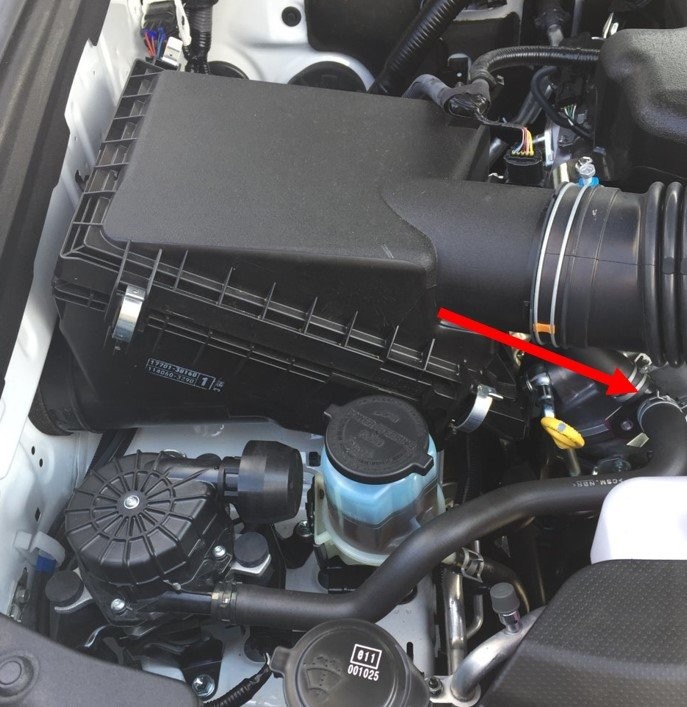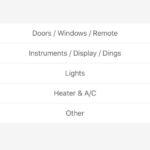Experiencing issues with your Toyota 4Runner and suspecting the secondary air injection pump? A malfunctioning air injection pump can trigger the check engine light and impact your vehicle’s performance. Fortunately, with an OBD2 scanner, you can quickly check for related error codes and begin diagnosing the problem. This guide will walk you through how to use your OBD2 scanner to check your air injection pump system, particularly focusing on the P2445 error code, and what steps you can take to address it.
The secondary air injection system is crucial for reducing emissions during cold starts. It pumps fresh air into the exhaust system to help burn off excess hydrocarbons. When this system malfunctions, it can lead to various issues, and the P2445 code specifically indicates a “Secondary Air Injection System Stuck Off Bank 1”. This means the system isn’t activating when it should, and your vehicle’s computer has detected this problem.
To check your air injection pump using an OBD2 scanner, follow these steps:
- Locate the OBD2 port: This is usually found under the dashboard on the driver’s side of your Toyota 4Runner.
- Plug in your OBD2 scanner: Turn your vehicle’s ignition to the “ON” position, but don’t start the engine. Connect your OBD2 scanner to the port.
- Power on the scanner and read codes: Follow your scanner’s instructions to power it on and select the option to “Read Codes” or “Diagnostic Trouble Codes (DTCs)”.
- Identify the P2445 code: The scanner will display any stored error codes. Look for the P2445 code, which directly relates to the secondary air injection system being stuck off. Other related codes might also appear, offering further clues.
- Note any other codes: While P2445 is your primary focus, note down any other codes present as they could be related or indicate other issues.
- Clear the codes (optional but recommended for testing): Most OBD2 scanners allow you to clear codes. After noting them down, you can clear the codes to see if the P2445 code returns. Note: Clearing codes will erase the error from the system, but if the underlying issue persists, the code will likely reappear after driving.
After checking for the P2445 code, consider these potential causes and troubleshooting steps:
- Hose Disconnections: As seen in the original poster’s experience, a simple hose disconnection in the secondary air injection system can cause issues. Inspect all hoses connected to the air injection pump and valve for disconnections, cracks, or damage. Reconnect any loose hoses and ensure they are secure.
 Toyota 4Runner secondary air injection hose
Toyota 4Runner secondary air injection hose
- Faulty Air Injection Pump: The pump itself could be failing or stuck. Listen for the pump activating during a cold start (you should hear a whirring sound for a short period). If you don’t hear it, the pump might be faulty.
- Air Injection Valve Issues: The air injection valve controls the flow of air. If it’s stuck closed or malfunctioning, it can trigger the P2445 code.
- Electrical Problems: Wiring issues, faulty relays, or a malfunctioning air injection pump control module can also cause the system to fail.
- Sensor Malfunctions: Although less common for P2445, a faulty pressure sensor in the system could provide incorrect readings.
If the P2445 code persists after checking hoses and clearing codes, further diagnosis may be needed. This could involve testing the air injection pump’s functionality, checking valve operation, and inspecting the electrical components of the system.
While clearing the P2445 code might temporarily resolve the check engine light issue, it’s crucial to address the underlying problem to ensure your Toyota 4Runner is running efficiently and meeting emission standards. If you’re uncomfortable diagnosing the system further, it’s best to consult a qualified mechanic to properly diagnose and repair the secondary air injection system. They have specialized tools and expertise to pinpoint the exact cause and perform the necessary repairs.
